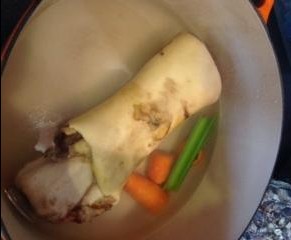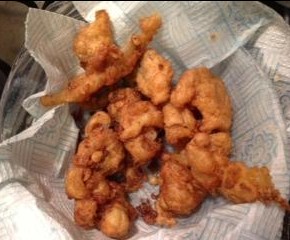Tips from the kitchens of France, Italy and Holland offer this simple salad some sophisticated continental twists.
Today’s recipe originally appeared in William Kitchiner’s Cook’s Oracle, first published in 1817. This cookery manual was aimed at British and American ‘plain cooks’, and was principally concerned with the preparation wholesome meals with good economic sense. However, Kitchiner was also careful to acknowledge new fashions in food, and many of his recipes showed how the cook could balance gastronomic tastes with abstemious habits in household management.
Boiled salad
Boiled or baked onions, some baked beet root, cauliflower or brocoli, and boiled celery and French beans, or any of these with the common salad dressing. Also a small quantity of raw lettice &c strewed on the top. This is much more wholesome than the raw salad and is much eaten when on the table.
The French add to the above black pepper and some savoury spice. The Italians mince the white meat of chickens into the sauce. The Dutch add cold boiled turbot or lobster – or sometimes grated cheese.
As another cheap but flavoursome variation, Kitchiner also suggests that meat jelly could be used instead of an oil dressing. It’s very likely that our unknown ladies may have had jelly ready from preparing cow heel, another recipe in the Cookbook. It is another example of the Georgians’ knack for balancing a passion for good and exciting food with a tendency for thrift.





